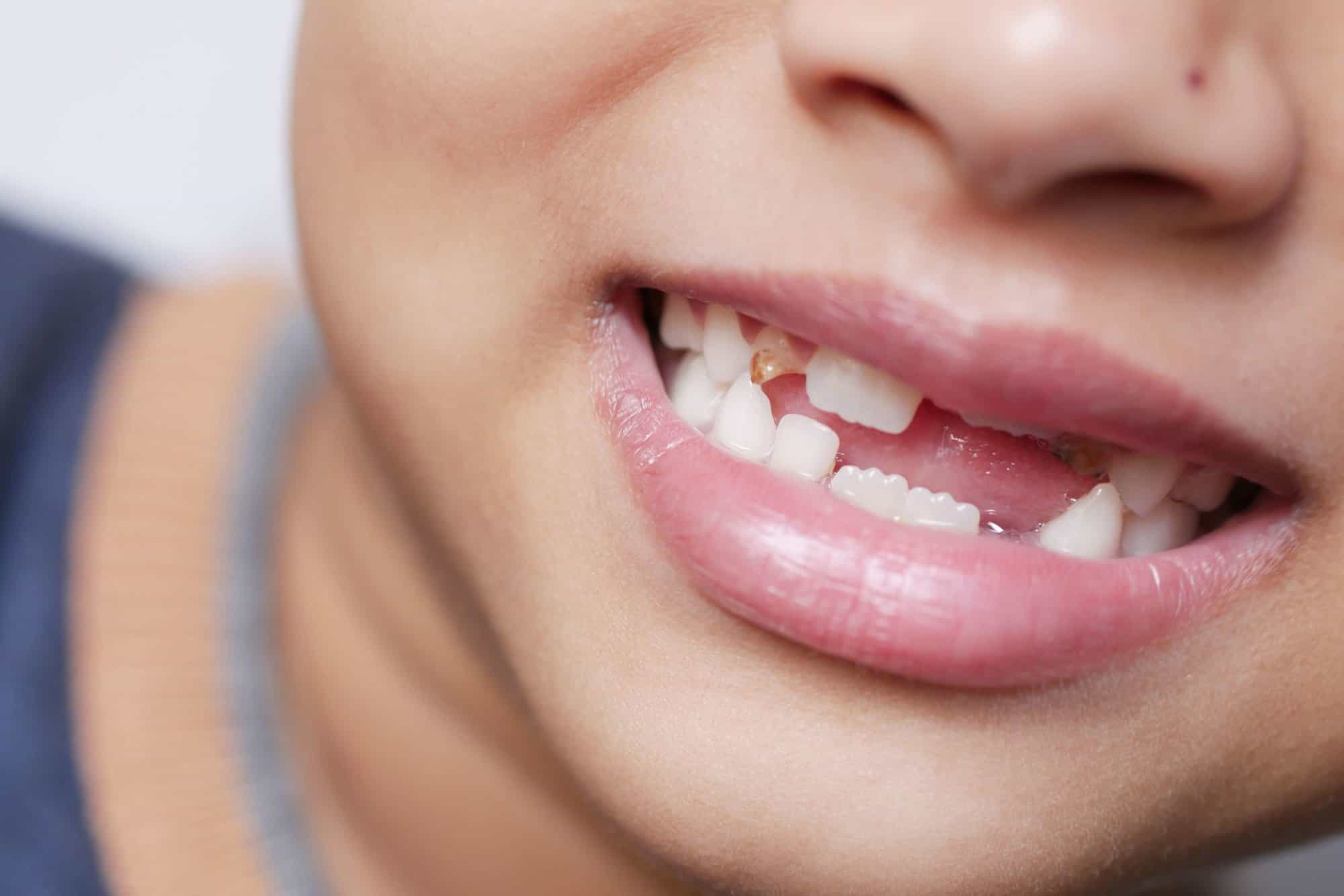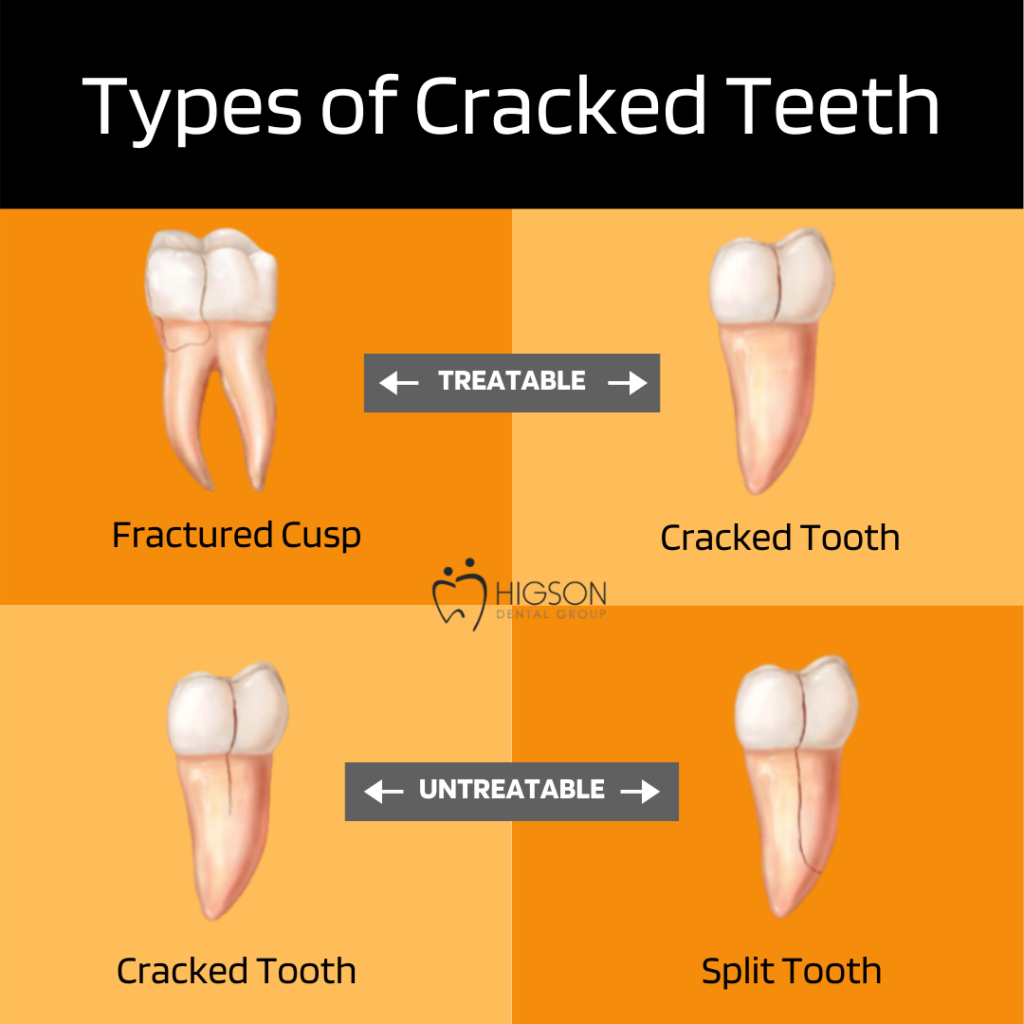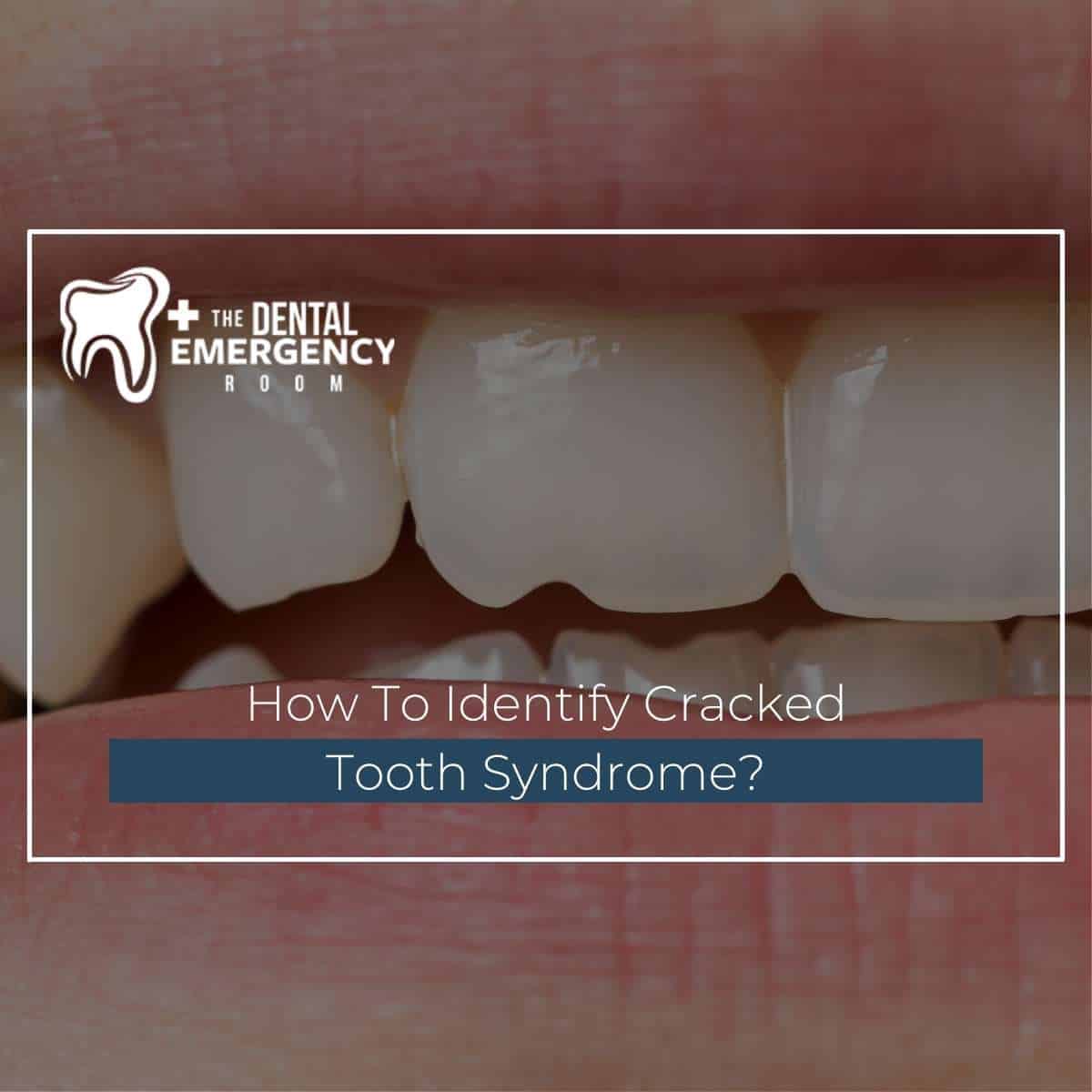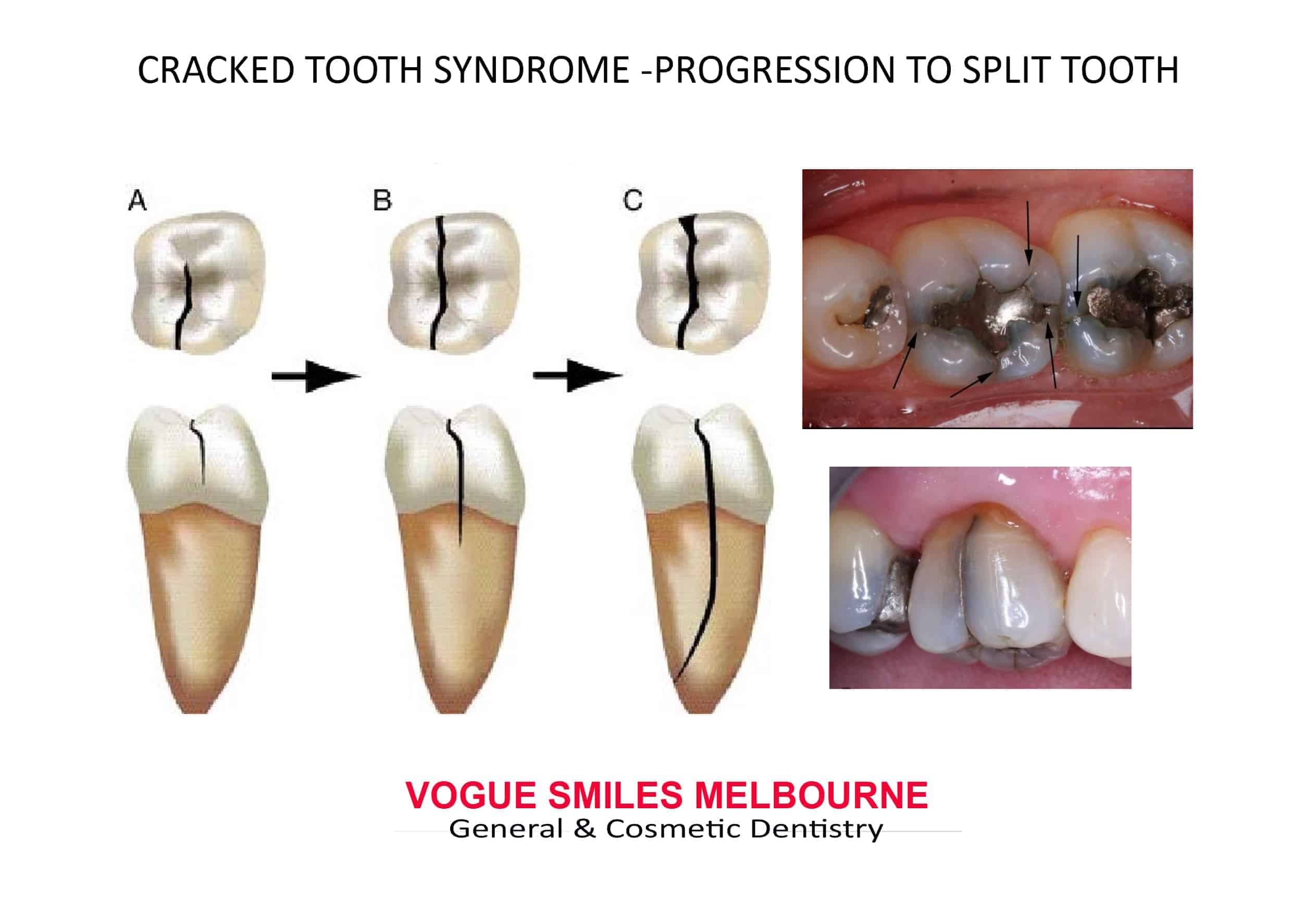How to repair a cracked tooth at home? While a tempting question, it’s crucial to understand that a cracked tooth requires professional attention. A cracked tooth, a common dental issue, can range from minor craze lines to severe fractures, often caused by biting hard objects, grinding teeth, or even tooth decay.
The pain associated with a cracked tooth can be debilitating, ranging from sensitivity to hot or cold foods to intense pain when chewing. While home remedies might provide temporary relief, they cannot address the underlying issue. This guide explores the various types of cracked teeth, their causes, and the importance of seeking professional dental care for a proper diagnosis and treatment plan.
The severity of a cracked tooth dictates the necessary treatment. Minor cracks might be addressed with fillings or bonding, while more severe cases may require crowns or even root canals. The key is to understand the signs, seek professional help promptly, and take proactive steps to prevent future cracks.
Understanding Cracked Teeth
Cracked teeth are a common dental problem that can cause pain and discomfort. Understanding the different types of cracked teeth, their causes, and symptoms is crucial for proper diagnosis and treatment.
Types of Cracked Teeth
Cracked teeth can be categorized into different types, each with unique characteristics and potential complications.
- Craze linesare tiny, hairline cracks that occur on the enamel surface of teeth. They are usually harmless and do not cause any pain. These lines are often caused by biting down on hard objects or by grinding teeth.
- Fracture linesare deeper cracks that extend into the dentin, the layer beneath the enamel. They can cause sensitivity to hot or cold foods and drinks.
- Cracked cuspsare cracks that occur on the chewing surface of a tooth. They can be very painful, especially when chewing. This type of crack can often lead to a tooth fracture if left untreated.
Causes of Cracked Teeth
Various factors can contribute to the development of cracked teeth.
- Biting down on hard objects: This can put excessive stress on the teeth, leading to cracks. Examples include biting into hard candy, ice, or even fingernails.
- Grinding teeth: This habit, known as bruxism, puts significant pressure on the teeth, especially during sleep. This constant pressure can cause cracks, wear down the enamel, and even lead to tooth fractures.
- Tooth decay: When a tooth has a large cavity, it weakens the tooth structure and makes it more susceptible to cracking.
- Large fillings: Large fillings can weaken the tooth structure and make it more prone to cracking.
- Trauma: A direct blow to the tooth, such as from a fall or sports injury, can cause a crack.
Symptoms of a Cracked Tooth
Recognizing the symptoms of a cracked tooth is crucial for early diagnosis and treatment.
- Pain when chewing: This is a common symptom, especially when biting down on hard foods. The pain may be sharp and intense or dull and throbbing.
- Sensitivity to hot or cold foods: Cracked teeth can expose the dentin, which contains nerves that are sensitive to temperature changes.
- Pain when biting down on a specific tooth: This can help pinpoint the location of the cracked tooth.
- Swelling or tenderness around the tooth: This may indicate an infection or inflammation.
- A clicking or popping sensation when chewing: This can occur when the crack in the tooth moves.
Home Remedies for Cracked Teeth

While it’s important to seek professional dental care for a cracked tooth, there are some home remedies that can temporarily relieve pain and discomfort until you can see a dentist. However, remember that these remedies are not a permanent solution and should not be used as a substitute for professional treatment.
Relieving Pain and Discomfort
These home remedies can help to temporarily relieve pain and discomfort from a cracked tooth.
- Rinsing with salt water:This is a simple and effective way to clean the area and reduce inflammation. Mix a teaspoon of salt in a glass of warm water and rinse your mouth for 30 seconds, then spit out the water and repeat as needed.
- Applying a cold compress:Applying a cold compress to the affected area can help to numb the pain and reduce swelling. Wrap an ice pack in a towel and apply it to your cheek for 10-15 minutes at a time.
- Over-the-counter pain relievers:Over-the-counter pain relievers, such as ibuprofen or acetaminophen, can help to reduce pain and inflammation. Follow the directions on the label carefully.
- Avoiding hard and chewy foods:These foods can put extra pressure on your cracked tooth and make the pain worse. Stick to soft foods that are easy to chew, such as soup, yogurt, and mashed potatoes.
- Using a soft-bristled toothbrush:Brushing your teeth with a soft-bristled toothbrush can help to prevent further irritation and damage to your cracked tooth.
When to See a Dentist

It’s important to remember that home remedies are temporary solutions and may not be suitable for all cases. Sometimes, you need professional help from a dentist to address the underlying issue and prevent further complications. Here are some signs that indicate you should visit a dentist immediately.
Signs You Need Immediate Dental Attention
A cracked tooth can be a serious issue that requires professional attention. Here are some signs that indicate you need to see a dentist immediately:
- Severe Pain:If you experience intense pain, especially when biting or chewing, it could be a sign of a deep crack that has reached the nerve.
- Bleeding:Bleeding from the cracked tooth is a clear indication that the crack has exposed the pulp, which contains blood vessels and nerves.
- Visible Crack:If you can see a crack in your tooth, it’s important to see a dentist as soon as possible to assess the severity and determine the best course of action.
- Sensitivity to Cold or Hot:If your cracked tooth is sensitive to cold or hot temperatures, it suggests that the crack has exposed the dentin, the layer beneath the enamel.
- Swelling or Inflammation:Swelling or inflammation around the cracked tooth can be a sign of infection.
Professional Treatments for Cracked Teeth

If your cracked tooth is causing you pain or discomfort, it’s important to see a dentist for a proper diagnosis and treatment plan. There are several professional treatments available, each with its own benefits and potential risks.
Dental Treatments for Cracked Teeth
Dental treatments for cracked teeth are designed to repair the damage, prevent further cracking, and relieve pain. Here’s a table outlining some common treatment options:
| Treatment Type | Description | Benefits | Potential Risks |
|---|---|---|---|
| Fillings | A filling is used to repair a small crack in a tooth. The dentist will clean the area, remove any decayed or damaged tooth structure, and then fill the cavity with a composite resin or other filling material. | Fillings are a relatively simple and affordable treatment option for small cracks. | Fillings may not be suitable for larger cracks or those that extend below the gum line. |
| Crowns | A crown is a tooth-shaped cap that is placed over a damaged tooth. Crowns are often used for larger cracks or when a tooth has been significantly weakened. | Crowns can restore the tooth’s strength, shape, and appearance. They can also help to prevent further cracking. | Crowns require a more involved procedure than fillings and may be more expensive. |
| Root Canals | A root canal is a procedure that removes the infected pulp from a tooth. It is often necessary when a crack extends into the pulp chamber. | Root canals can save a tooth that would otherwise need to be extracted. | Root canals are a more complex procedure than fillings or crowns and may require multiple visits to the dentist. |
| Extractions | Extraction is the removal of a tooth. This is usually the last resort when a tooth is too damaged to be repaired. | Extractions can relieve pain and prevent the spread of infection. | Extractions can lead to bone loss and affect the alignment of other teeth. |
Preventing Cracked Teeth
Cracked teeth can be a real pain, both literally and figuratively. But the good news is that there are things you can do to prevent them from happening in the first place.
Avoiding Hard Objects
It’s important to be mindful of what you’re biting down on. Hard objects like ice, nuts, and even hard candy can put a lot of stress on your teeth, leading to cracks. So next time you’re tempted to crunch down on something hard, think twice!
Wearing a Mouthguard, How to repair a cracked tooth at home
If you grind your teeth at night (a condition called bruxism), wearing a mouthguard can help protect your teeth from the excessive force. A mouthguard acts as a barrier between your upper and lower teeth, preventing them from grinding against each other.
Regular Dental Checkups
Regular dental checkups are crucial for early detection and prevention of dental issues, including cracked teeth. Your dentist can identify any signs of cracks or other problems before they become serious. They can also provide you with personalized advice on how to prevent further damage.
Ultimate Conclusion

In conclusion, while home remedies can offer temporary relief for a cracked tooth, seeking professional dental care is paramount. Ignoring a cracked tooth can lead to complications, including infection, tooth loss, and even pain that can radiate to other areas of the face.
By understanding the different types of cracks, their causes, and the available treatment options, you can make informed decisions about your oral health. Remember, prevention is key! Avoiding biting hard objects, wearing a mouthguard if you grind your teeth, and maintaining regular dental checkups can significantly reduce the risk of developing a cracked tooth.
Question & Answer Hub: How To Repair A Cracked Tooth At Home
What are some signs that I might have a cracked tooth?
Common signs include pain when chewing, sensitivity to hot or cold foods, pain that radiates to other areas of the face, and a visible crack in the tooth. If you experience any of these symptoms, it’s important to see a dentist right away.
Can I use over-the-counter pain relievers for a cracked tooth?
While over-the-counter pain relievers like ibuprofen or acetaminophen can help manage pain, they are not a solution for the underlying issue. It’s crucial to consult a dentist for proper diagnosis and treatment.
Is it possible to prevent a cracked tooth?
Yes, taking preventive measures can significantly reduce the risk of developing a cracked tooth. These measures include avoiding biting hard objects, wearing a mouthguard if you grind your teeth, and maintaining regular dental checkups.